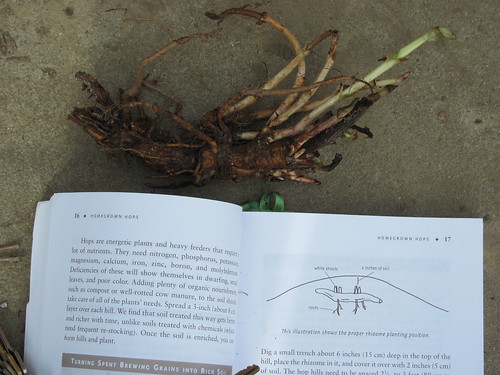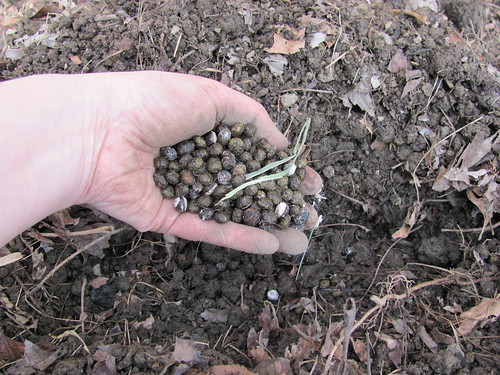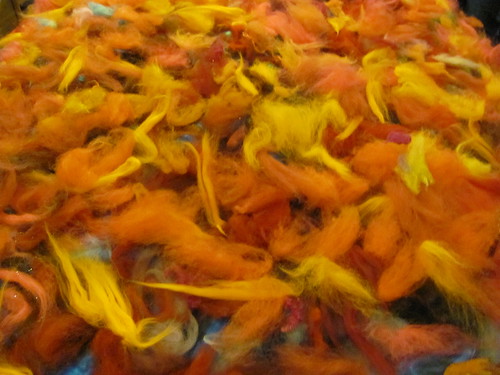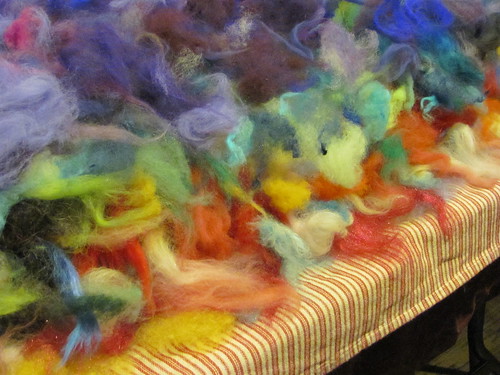Hops are not the main ingredient in beer. They're a spice that gives beer the high sharp bitterness that is a feature of styles like India Pale Ale. Hops don't go as far back in brewing history as water, malt, and yeast do. In fact other spices were used earlier, and still are used by homebrewers and breweries. Hops do have a preservative effect, which is why India Pale Ale, which had to last through a long slow ship ride from England to India, is so much more heavily hopped than most other styles.
 This is a hop rhizome of the fuggles variety. Fuggles seemed like a good place to start as it is most common in English Ales and is featured in my annual Great Pumpkin Ale. As you can see, I do everything by the book.
This is a hop rhizome of the fuggles variety. Fuggles seemed like a good place to start as it is most common in English Ales and is featured in my annual Great Pumpkin Ale. As you can see, I do everything by the book. Chris did the heavy work of pounding 5 ft stakes into the ground to support the trellis. Here he's mounting the trellis to the stakes.
Chris did the heavy work of pounding 5 ft stakes into the ground to support the trellis. Here he's mounting the trellis to the stakes. I made a hill in front of the trellis and dug a 6" trench down the middle of it (like the book illustration shows), but then I departed from any instructions I've read to add the secret ingredient we add for any new plant, be it plant, root, or seed. We have 3 rabbits working night and day to make this ideal fertilizer. Unlike other manures, it can be added directly to the garden without composting first, so I gathered some up and mixed it into the bottom of the trench.
I made a hill in front of the trellis and dug a 6" trench down the middle of it (like the book illustration shows), but then I departed from any instructions I've read to add the secret ingredient we add for any new plant, be it plant, root, or seed. We have 3 rabbits working night and day to make this ideal fertilizer. Unlike other manures, it can be added directly to the garden without composting first, so I gathered some up and mixed it into the bottom of the trench. The root in the trench, new growth pointing more or less up.
The root in the trench, new growth pointing more or less up. The hill covered up again. Grow little hops, grow! Hop vines can get 30 feet long by harvest time, so I'm sure I'll be running twine from the top of our beautiful trellis up to the chimney by July or August, and then doing some of my harvesting from the porch roof.
The hill covered up again. Grow little hops, grow! Hop vines can get 30 feet long by harvest time, so I'm sure I'll be running twine from the top of our beautiful trellis up to the chimney by July or August, and then doing some of my harvesting from the porch roof.










